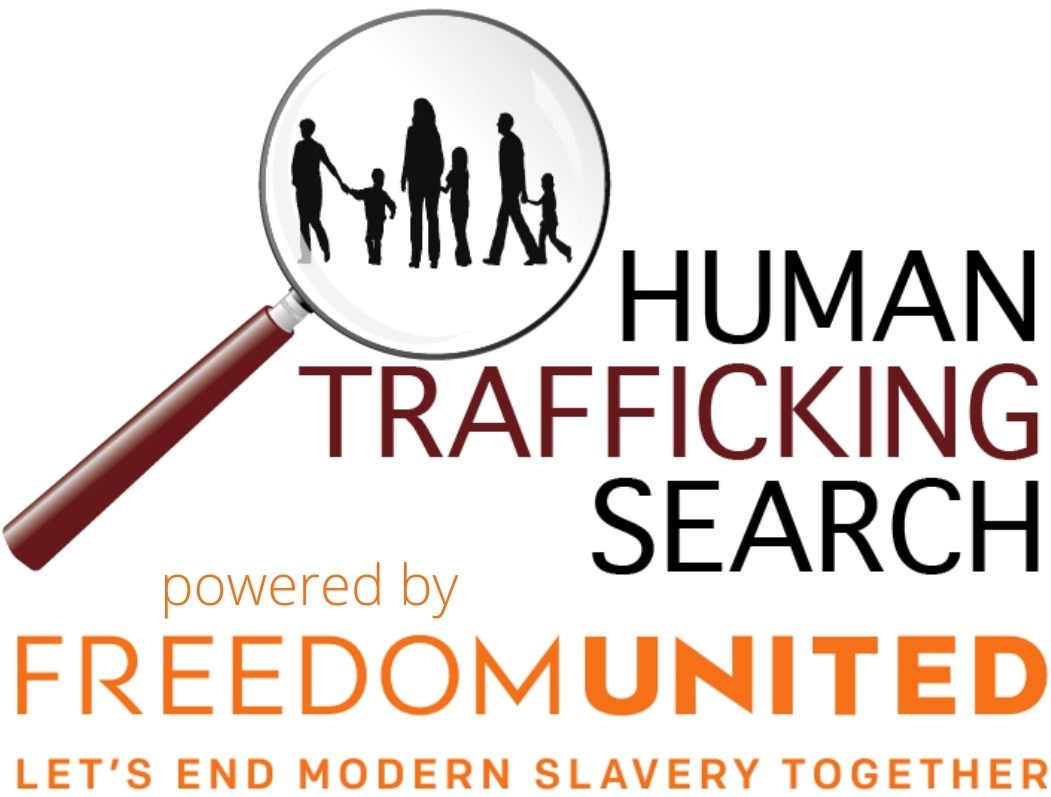Sign up for our news digest
I agree to receive email updates from Human Trafficking Search. I may unsubscribe at any time.
Prevention
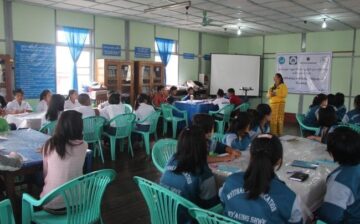
Can Myanmar’s Libraries Help Combat Human Trafficking?
This week’s blog is guest authored by Mi Ki Kyaw Myint of The Asia Foundation. In June, the U.S. State Department …
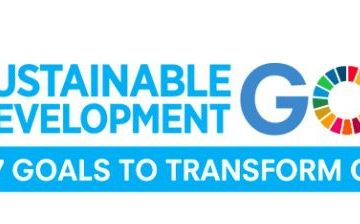
2030 Agenda for Sustainable Development and Human Trafficking
Global leaders convened at a United Nations summit in September, 2015 and adopted 17 Sustainable Development Goals (SDGs) for the 2030 Agenda for Sustainable Development. The SDGs focus on people, the planet, prosperity, peace, and partnership. With these new goals, member states that were present at the summit are expected to establish a national framework to end poverty and fight inequality. The 2030 Agenda for Sustainable Development will help combat human trafficking through goals 5, 8, and 16.
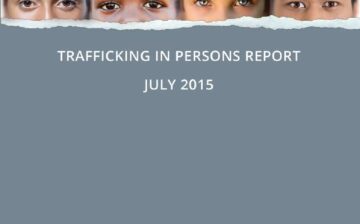
What Manhood Means to Me
As an educator, activist, author and co-founder of A CALL TO MEN, I spend most of my time – and have spent most of my adult life – thinking about and talking about what it means to be a man.
“Slavery and Human Trafficking Prevention Month”
This January marks the fifth anniversary of “Slavery and Human Trafficking Prevention Month” in the United States.

Part 8: What to Do if you Think your Teen has been Approached by a Pimp or Trafficker
The idea that someone you know or even your own teen could have been contacted by a pimp or trafficker is terrifying. Chances are, this will never happen to your family, but if it does, you should know exactly what to do.
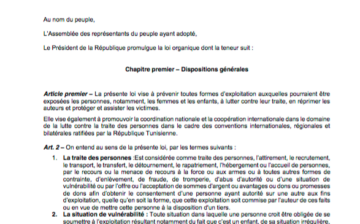
Part 7: Do you Know Who your Kids Are Chatting With? Why Online Safety Matters
Social media plays a big role in most of our lives, particularly for our teenagers. Unfortunately, social media and the Internet also play a big role in child sex trafficking.
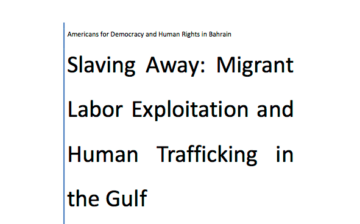
Part 6: Protecting your Teen from a Pimp
Pimps are master manipulators. They are talented actors and salespeople and target girls who are emotionally vulnerable.
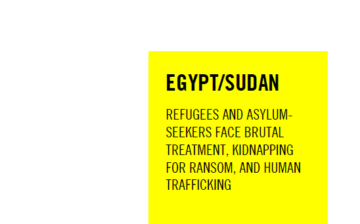
Part 5: Protecting Children from Human Trafficking
We are thrilled to feature Tina Frundt, founder of Courtney’s House and a survivor of domestic sex trafficking, on protecting children from human trafficking.

Part 4: How to Foster an Environment Where Children Feel Comfortable Speaking Up
Talking to children about issues like child sex trafficking can be intimidating, for both parents and children alike.
Protecting Unaccompanied Mexican Migrant Child Trafficking Victims
Recently, the United States Government Accountability Office (GAO) released a report regarding the care of unaccompanied migrant children by the Department of Homeland Security (DHS). The GAO report entitled Unaccompanied Alien Children: Actions Needed to Ensure Children Receive Required Care in DHS Custody, found that the U.S. Customs and Border Protection (CBP) agents have not consistently screened unaccompanied Mexican children in their custody for trafficking.
